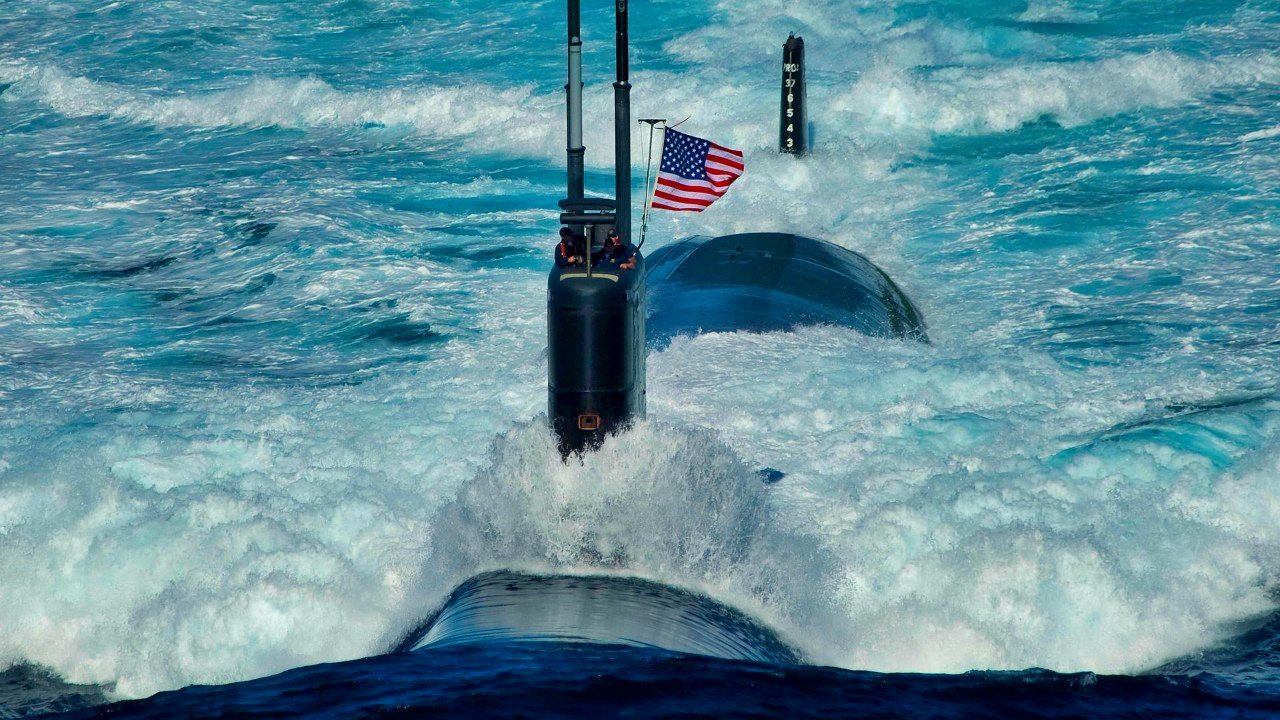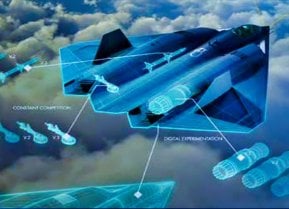A Navy Nuclear Attack Submarine and Ticonderoga-class Cruiser 'Collided'
On October 13, 2012, the USS Montpelier, a Los Angeles-class submarine, collided with the USS San Jacinto, a Ticonderoga-class cruiser, during an anti-submarine warfare exercise off Florida. The incident, caused by human error and poor coordination, highlighted critical gaps in naval training and situational awareness.
What You Need to Know: On October 13, 2012, the USS Montpelier, a Los Angeles-class submarine, collided with the USS San Jacinto, a Ticonderoga-class cruiser, during an anti-submarine warfare exercise off Florida. The incident, caused by human error and poor coordination, highlighted critical gaps in naval training and situational awareness.
![]()
-Despite advanced systems, the human factor remains a key vulnerability. The collision spurred reforms, including more realistic, high-stress training scenarios, but underscored the U.S. Navy's broader struggles with readiness.
-As China challenges U.S. naval dominance in the Indo-Pacific, the Montpelier-San Jacinto collision serves as a cautionary tale about the importance of preparedness in complex, high-stakes operations.
USS Montpelier Collision: A Harsh Lesson in Navy Preparedness
During an anti-submarine exercise on October 13, 2012, two U.S. Navy warships, the USS Montpelier, a Los Angeles-class nuclear-powered attack submarine, and the USS San Jacinto, a Ticonderoga-class cruiser, collided off the coast of Florida. The accident is a caustic reminder of the risks of any naval operation, even one in the pristine waters of northeastern Florida.
The Montpelier was preparing for its next overseas deployment and as part of that preparation, the sub was tasked with simulating an anti-submarine warfare (ASW) mission. In this mission, the Montpelier pretended to be an enemy submarine that was supposed to evade detection by the USS San Jacinto. The Ticonderoga-class cruiser was assigned to protect the nuclear-powered aircraft carrier, USS Harry S. Truman.
![]()
As the exercise was underway, the Montpelier’s periscope was seen around 100-200 yards ahead of the San Jacinto. Before any evasive action could be taken by the San Jacinto, however, the Montpelier surfaced. The collision was so great that it broke off the rudder of the Montpelier, although a subsequent investigation determined that the submarine’s propulsion plant was thankfully unaffected by the crash.
The Outcome
Naval investigators quickly determined that the primary causes were human error and poor teamwork by the Montpelier’s crew. As a result of that failure, the submarine’s skipper was removed from his command. The incident, of course, was more complex than what the naval investigators boiled it down to.
For instance, the crew of the San Jacinto was distracted by ongoing flight operations that they were covering from the nearby USS Harry S. Truman. There were further concerns highlighted about inappropriate resource management by the leadership of the warships involved.
These issues highlight the fundamental issue with all complex operations.
That is, despite the presence of advanced systems meant to make even the most sophisticated naval operation effectively idiot-proof, the human factor cannot be overcome. Particularly, human decision-making during such operations.
![]()
The collision off the coast of northeastern Florida shows that U.S. Navy crews are in dire need of continuous training. And this training should not only be relegated to the technical side. Instead, they must involve also training in situational awareness and decision-making under pressure.
Because naval exercises are meant to imitate real-world combat situations, the performance of the Montpelier and San Jacinto in 2012 leaves much to be desired. In real combat, American warships often work closely together, just as they were operating closely together in the ASW exercise off the Florida coast in 2012.
Even under the best conditions, the crews of a carrier battle group are required to display impeccable coordination, cogent communication, and an innate understanding of each warship’s capabilities. Under the kind of conditions that modern U.S. sailors will endure when fighting a near-peer adversary at sea, all these requirements will be amplified, as will the stakes.
Turning to Face the Change
This incident sparked some reforms within the Navy in terms of enhancing training protocols, such as creating more realistic, stressful training scenarios to help prepare sailors for the complexity and unpredictability of modern maritime combat. The Navy updated its operational procedures, such as focusing on minimizing risks while maintaining realistic training conditions.
Ultimately, however, the Navy has struggled for years. Accidents at sea or other human errors that a generation ago would not have occurred, or even being too reliant on technology that is far from foolproof, have all contributed to a general lack of readiness on the part of the U.S. Navy.
This has occurred at a moment of maximum danger for the Navy, as near-peer rivals, notably China, increasingly challenge the U.S. Navy.
An important lesson of the Montpelier and San Jacinto collision from 2012 should have been that the Navy is nowhere near prepared for fighting in the kind of tight geography and degraded electronic environments of the Indo-Pacific.

Author Experience and Expertise: Brandon J. Weichert
Brandon J. Weichert, a National Interest national security analyst, is a former Congressional staffer and geopolitical analyst who is a contributor at The Washington Times, the Asia Times, and The-Pipeline. He is the author of Winning Space: How America Remains a Superpower, Biohacked: China’s Race to Control Life, and The Shadow War: Iran’s Quest for Supremacy. His next book, A Disaster of Our Own Making: How the West Lost Ukraine, is due October 22 from Encounter Books. Weichert can be followed via Twitter @WeTheBrandon.
All images are Creative Commons or Shutterstock.
From the Vault

